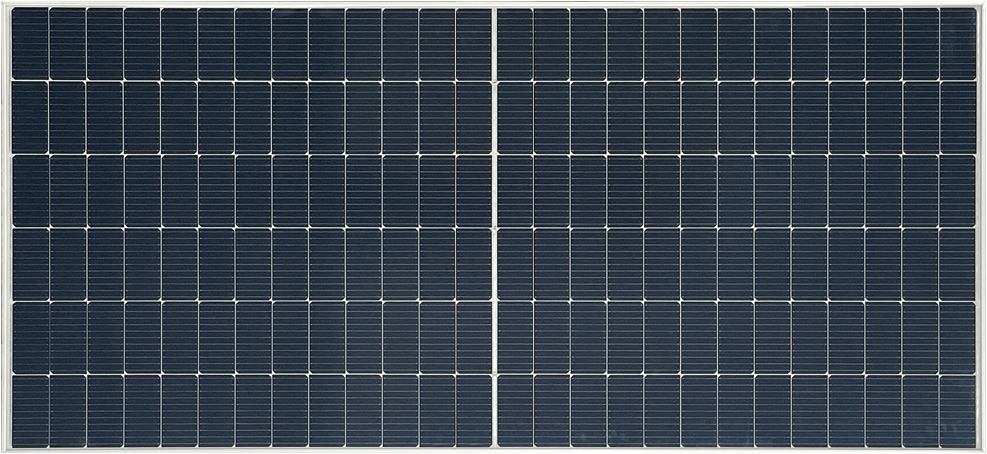SDN, a South Korean supplier of PV modules and marine propulsion systems, has unveiled a new glass-glass bifacial module line for applications in floating PV projects.
The new SunDay 10+ Wave modules feature 144 monocrystalline half-cut cells based on M1o wafers and busbar technology. SDN claims that they are currently the world's most efficient solar modules for floating PV.
The manufacturer offers three versions of the panels, with nominal power ratings of 590 W to 600 W, and power conversion efficiencies ranging from 21.11% to 21.46%. The open-circuit voltage is between 53.79 V and 54.11 V and the short-circuit current is between 13.92 A and 14.05 A.
The panels measure 2,465 mm x 1,134 mm x 35 mm and weigh 35.9 kg. They are built with 2 mm tempered anti-reflective glass and aluminum alloy frames. They also feature an IP68 enclosure and a maximum system voltage is 1,500 V. The panels have a temperature coefficient of -0.40% per degree Celsius and an operational temperature ranging from -40 C to 85 C.
The new products come with a 12-year warranty and a 30-year performance warranty. The degradation in the first year is purportedly 2.0% and 30-year end power output is guaranteed to be no less than 83.5% of the nominal output power.
SDN operates a panel factory in Gwangju, South Korea. It also plans to build a 1 GW manufacturing facility in Gwangju that will produce solar panels based on tunnel oxide passivated contacts (TOPCon) technology, as well as modules featuring an unspecified tandem technology.
The company is active in the distributed-generation PV segment and large-scale solar project development. It has built solar arrays in Bulgaria, Japan and South Korea. Its shipbuilding division also supplies outboard motors for fishing and leisure boats.
This content is protected by copyright and may not be reused. If you want to cooperate with us and would like to reuse some of our content, please contact: editors@pv-magazine.com.




Could you please explain why this module is suitable or more focused on Floating applications? I’ve not read anything characteristic special for such application. Thanks.